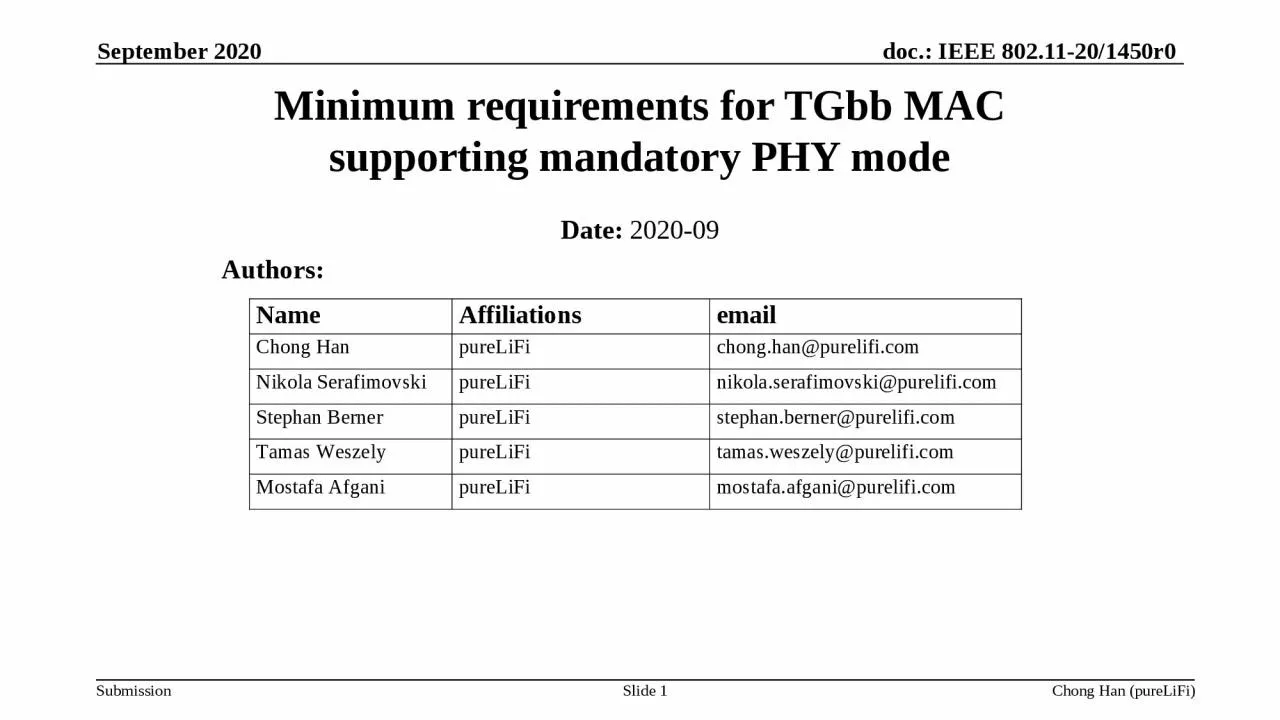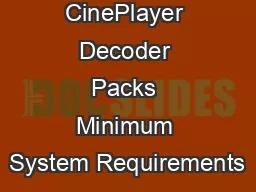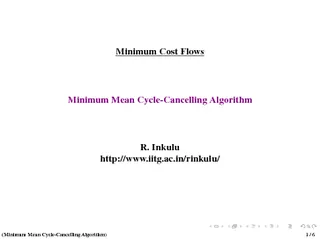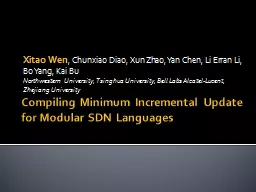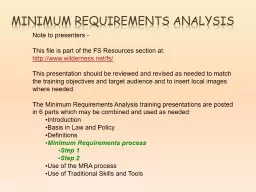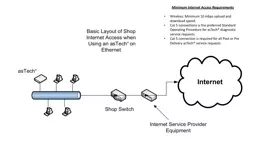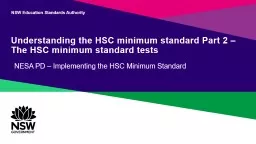PPT-Minimum requirements for
Author : ava | Published Date : 2024-02-09
TGbb MAC supporting mandatory PHY mode Date 202009 Authors September 2020 Chong Han pureLiFi Slide 1 Abstract The presentation provides the review of minimum requirements
Presentation Embed Code
Download Presentation
Download Presentation The PPT/PDF document "Minimum requirements for" is the property of its rightful owner. Permission is granted to download and print the materials on this website for personal, non-commercial use only, and to display it on your personal computer provided you do not modify the materials and that you retain all copyright notices contained in the materials. By downloading content from our website, you accept the terms of this agreement.
Minimum requirements for: Transcript
Download Rules Of Document
"Minimum requirements for"The content belongs to its owner. You may download and print it for personal use, without modification, and keep all copyright notices. By downloading, you agree to these terms.
Related Documents

